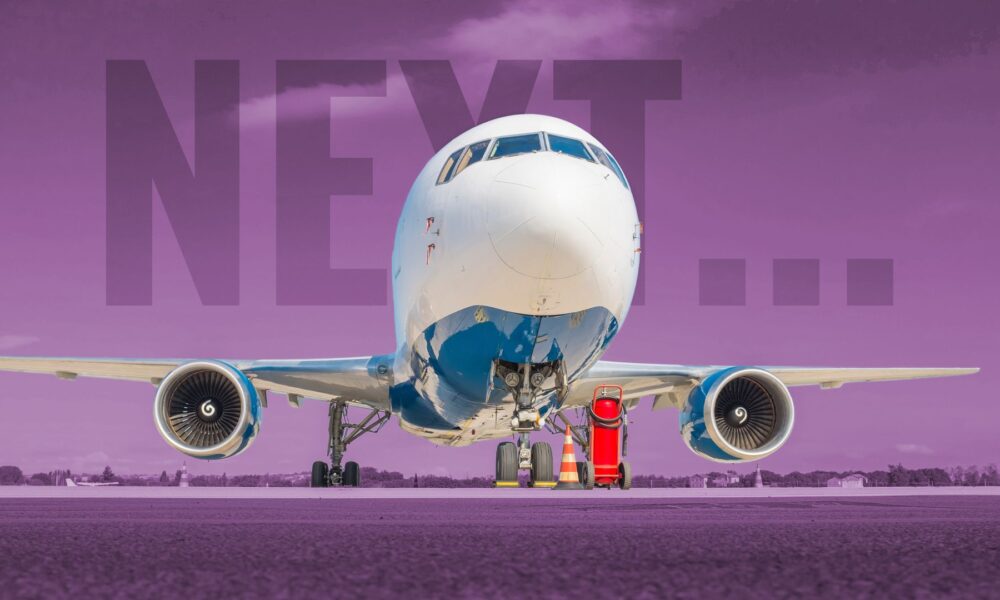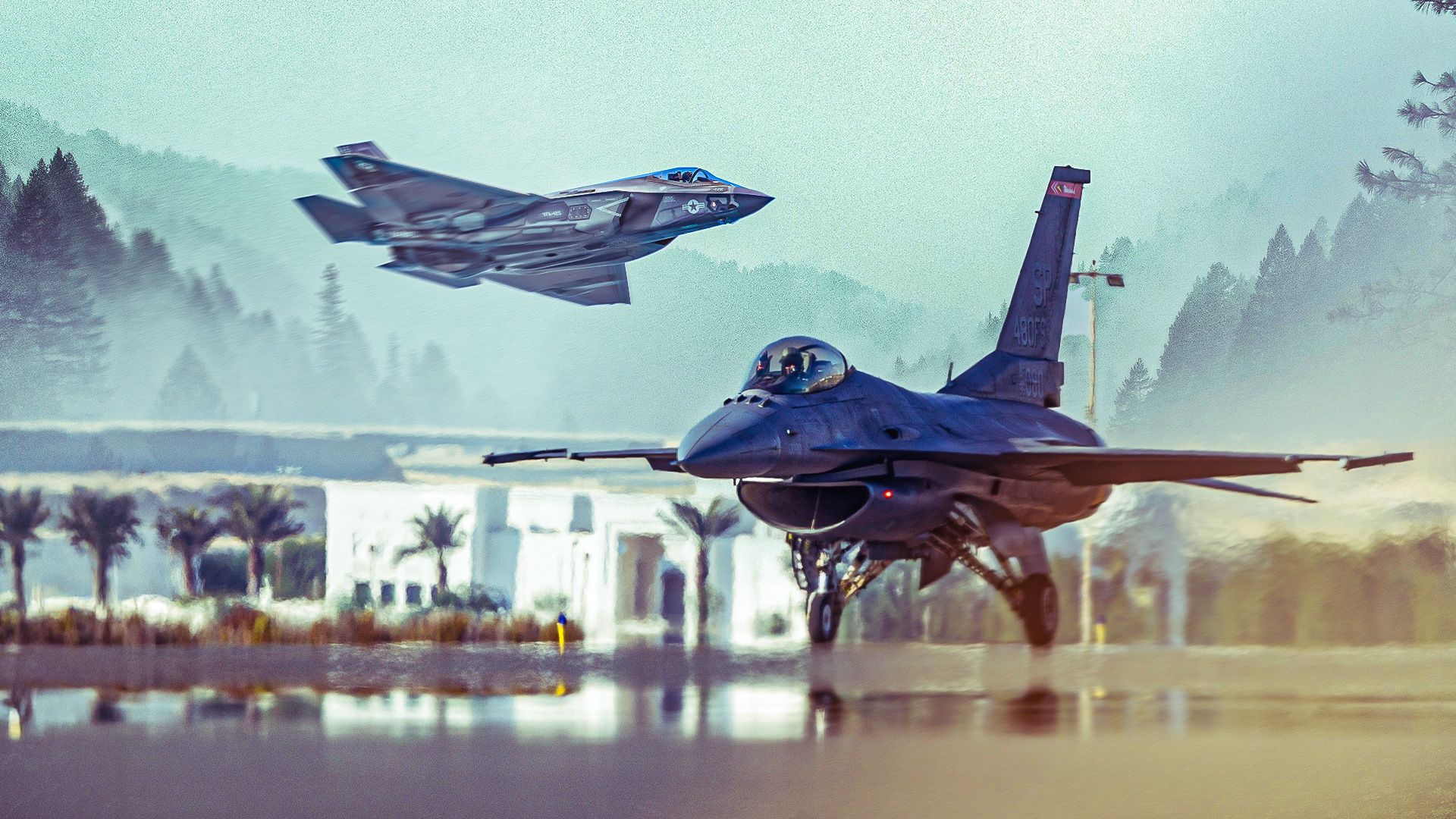The iconic Boeing 767, which first took to the skies in September 1982, is facing an impending retirement as airlines begin to consider more environmentally friendly and cost-effective alternatives. As of September 2023, a total of 1,341 Boeing 767 aircraft have been delivered, with the latest variants still in production. However, new emissions regulations set to take effect in 2028 are prompting airlines to explore options that align with these environmental standards.
The International Civil Aviation Organization (ICAO) has announced new guidelines requiring all certified aircraft to meet stricter CO2 emissions levels. As a result, many existing aircraft may soon become obsolete. Among the contenders vying to replace the 767 are the Airbus A330neo and the Boeing 787 Dreamliner, both of which are designed to meet the future demands of the aviation sector.
Airbus A330neo: A Sustainable Successor
The Airbus A330neo has gained significant attention as the first aircraft to be certified by the European Union Aviation Safety Agency (EASA) under the new ICAO emissions standards. This certification positions the A330neo as a viable successor to the Boeing 767, especially for airlines willing to diversify from Boeing’s offerings.
The A330-900, the first variant of the A330neo, was delivered to TAP Air Portugal in November 2018, followed by the A330-800, which was introduced to Kuwait Airways in October 2020. Notably, the A330neo boasts a fuel efficiency of just 2.1 liters of fuel per 100 kilometers per passenger, significantly lower than the industry average. This impressive figure has led to the aircraft being nicknamed the “2-liter aircraft” by Condor, a German airline.
One of the key features contributing to the A330neo’s fuel efficiency is the Rolls-Royce Trent 7000 engines, which have a much higher bypass ratio than their predecessors. Additionally, aerodynamic enhancements, including longer wings and sharklet winglets, further improve fuel economy by an estimated 4%.
Simone Rauer, Head of Aviation Environmental Roadmap at Airbus, stated, “Airbus is proud to be the first commercial aircraft manufacturer to receive EASA certification for ICAO’s new CO2 emissions requirement. This award demonstrates that the A330neo meets ICAO’s environmental regulations beyond 2028.”
The Boeing 787 Dreamliner: A Strong Competitor
The Boeing 787-9, introduced in October 2011, presents another formidable option for airlines looking to replace aging 767 fleets. Although it is based on a design that is older than the A330neo, the 787 was developed as a clean-sheet aircraft, which allows it to utilize modern materials and technologies that enhance fuel efficiency.
According to the i6 Group, the fuel consumption figures for the Boeing 787-9 are competitive, with an average of 2.31 liters of fuel per 100 kilometers per passenger. In comparison, the A330-900neo stands at 2.48 liters, while the A350-900 records 2.39 liters. Although the A350-900 has advantages in terms of range and capacity, the 787-9’s light-weight composite structure provides an efficiency edge.
The ongoing discussion within the aviation community reflects a nuanced understanding of aircraft capabilities. While the A330neo is praised for its efficiency in medium-haul operations, the Boeing 787 is recognized for its suitability in long-haul routes due to its ability to carry more fuel and passengers.
Condor recently made headlines by ordering 16 A330neos to replace its fleet of Boeing 767s. The airline’s decision highlights the growing trend among carriers to transition to more sustainable aircraft. Condor has emphasized that its A330neo will not only be efficient but also quieter, reducing noise pollution at airports by up to 60%.
As the aviation industry continues to evolve, the introduction of aircraft like the A330neo and the Boeing 787 reflects a broader commitment to meeting environmental standards while maintaining operational efficiency. Airlines will need to balance fleet modernization with the practical considerations of retraining crews, managing maintenance costs, and ensuring passenger comfort.
With the A330neo’s recent EASA certification and its compelling fuel efficiency, it appears poised to take on the role of the next workhorse in medium to long-haul aviation, setting a new standard for environmental responsibility in the industry.







